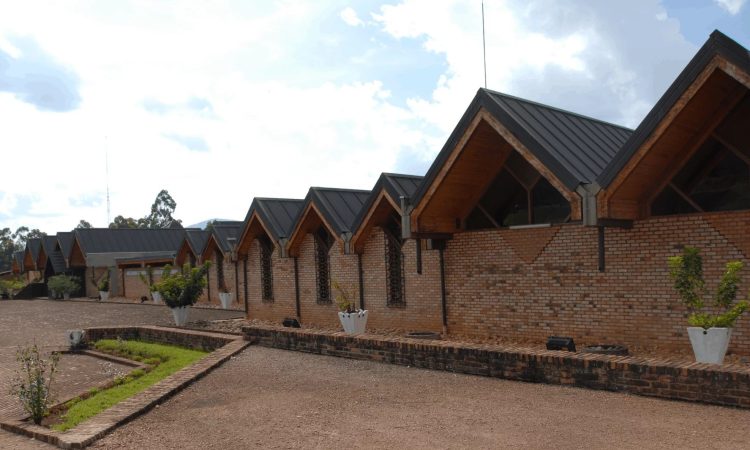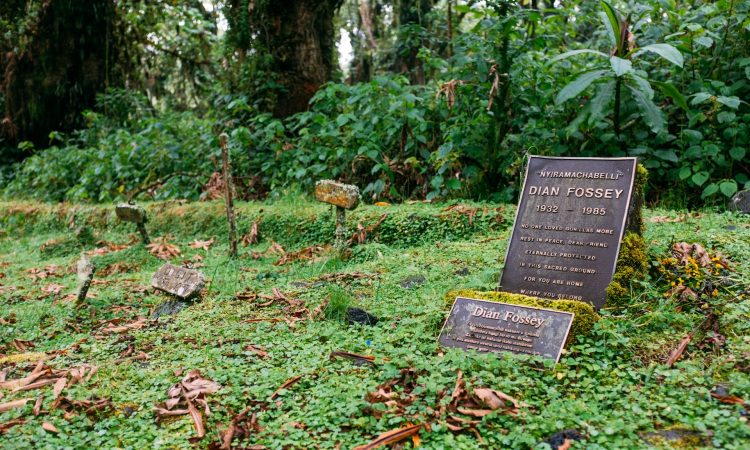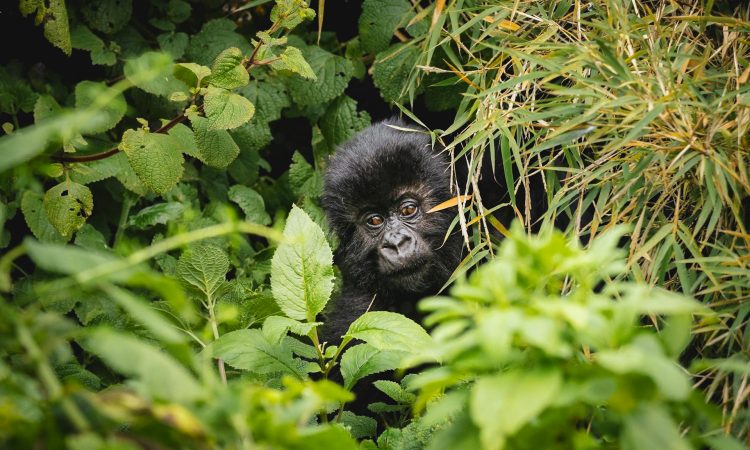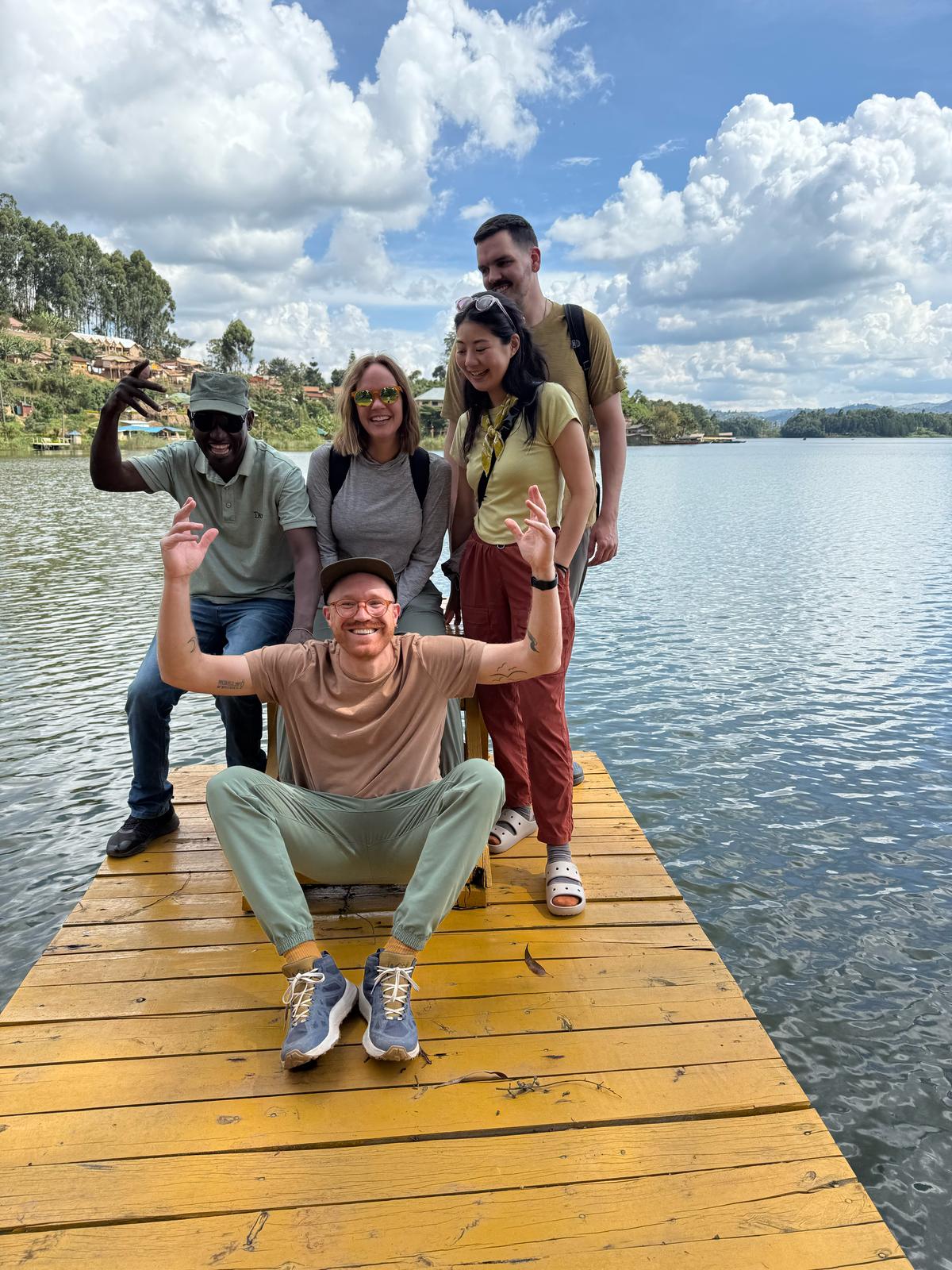Inzu Ndangamurabe, also known as the National Museum of Rwanda, is an exciting museum in Butare. It was established in 1989 and is remembered as the site where Queen Dowager Rosalie Gicanda was tragically killed.
The museum was built with support from the Belgian government as a gift to celebrate 25 years of Rwanda’s independence. It is a treasure of cultural history, showcasing the country’s rich heritage, beautiful artifacts, and the tragic events of the Rwandan genocide.
Unique Items Stored in the Museum

The ethnographic museum offers many fascinating sights for visitors on a Rwandan safari. It teaches about the unique lifestyle of Rwandans during the pre-colonial period and shows how the country has transitioned into the modern state it is today.
The museum’s roof represents the rhythms of traditional Rwandan drums, which are used in cultural songs and performances.
Inside, the museum is decorated with historic cultural items, including ancient shields, beautifully crafted baskets, and tools created by indigenous people before colonial times.
The museum also displays tools and instruments used by early humans during the Stone Age. These items are captivating because they are so old and carry incredible historical stories.
The museum has seven stunning chambers that give visitors a rich and memorable experience.
In the first exhibition hall, tourists are welcomed by souvenirs that they can buy to keep as reminders of their trip. Carrying home these items makes the safari even more memorable.
The second hall contains geological relics, showing Rwanda’s landscape and historical maps.
The third and fourth halls feature fascinating collections of ancient artifacts like pottery, hunting tools, wooden crafts, and agricultural tools.
The remaining three halls show traditional clothing, such as the raincoat called isinde, made from straw, goat skin, and bark cloth. They also display handcrafted items like mats and baskets, Rwandan architecture, and traditional games and sports played by the locals.
The final hall is a highlight, showcasing Rwandan poetry, traditional recitals, drums, harvest festivals, marriage ceremonies, and other celebrations.
The most impressive display is a replica of the royal home, including all the details of a king’s household and family life. Visitors can walk through the site to see and imagine how the kings of Rwanda once lived.
Tourist Attractions
- Kagondo Hut: This pre-colonial hut is fascinating to see, as it has stood for centuries. Its construction is a topic of interest, and tourists can step inside to experience how people of the past lived their daily lives.
- Traditional Games and Sports: The sixth hall showcases old games and sports like wrestling, archery, and high jump, which people played for fitness and entertainment.
- Traditional Handcrafts: The fifth hall features cultural items like baskets, mats, and hats, along with weaving, woodwork, and pottery, preserving the country’s heritage.
- Artifacts Used in Daily Life: Tools and instruments used for hunting, gathering, farming, and cattle keeping are displayed in the third hall, showing how ancient Rwandans lived.
Rwanda, known as the “country of a thousand hills,” is famous for its clean and safe cities and breathtaking natural beauty. Hidden treasures in its hills and mountains are waiting for tourists to discover during their safaris.
Book Your Tour Now
If you want to add more days or visit more places, please contact us through our main contact page using the button below.















